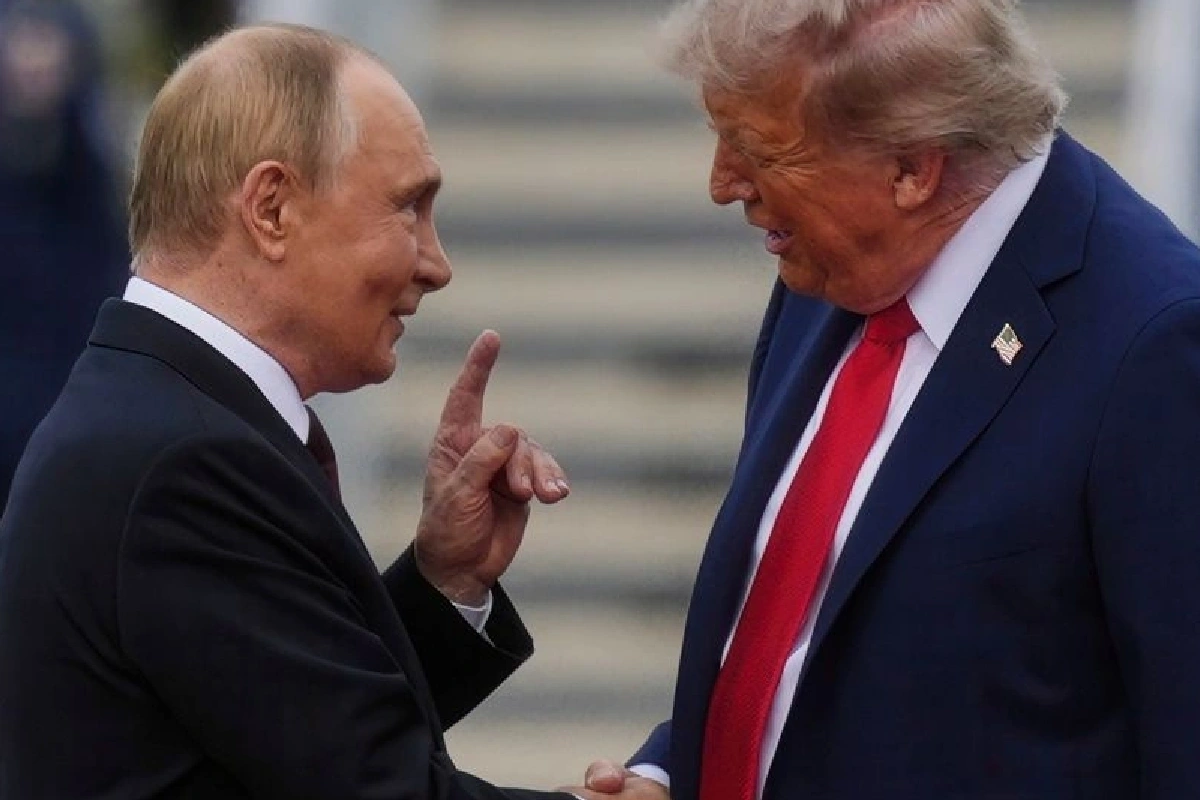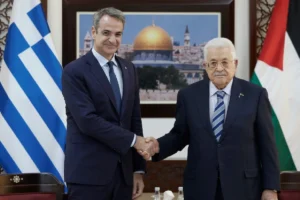As the war in Ukraine drags on and Donald Trump’s attempts at peace with Moscow falter, tensions between the United States and Russia have reached their highest point in years. Both nuclear superpowers appear to be edging back toward an era when “nuclear deterrence” once again dominates global security concerns.
The latest escalation began when President Trump announced that the U.S. would “immediately commence” nuclear weapons testing. The declaration followed Vladimir Putin’s statement that Russia had successfully tested the nuclear-powered Burevestnik missile—an experimental weapon described by Moscow as having “unlimited range.” The Kremlin’s message was unmistakable: Russia will not bow to Western pressure.
Hours later, the U.S. military launched a Minuteman III intercontinental ballistic missile from Vandenberg Base in California. The unarmed missile flew 6,760 kilometers before landing near the Marshall Islands. Though Washington stressed the launch was a “routine system check” with no nuclear payload, Trump’s rhetoric sent shockwaves through the international community.
Putin swiftly responded by convening Russia’s Security Council, calling Trump’s comments “gravely serious.” He ordered preparations for possible nuclear weapons testing but maintained that Moscow remains a signatory to the Comprehensive Nuclear-Test-Ban Treaty (CTBT). Still, he warned that if others break the treaty, “Russia will take appropriate measures.”
The CTBT, adopted in 1996, prohibits all nuclear explosions, but it has yet to enter into full legal force as key states—including the U.S., Russia, and China—have not ratified it. Since 1992, neither Washington nor Moscow has conducted an official nuclear test, relying instead on computer simulations and subcritical experiments.
Analysts suggest both leaders are engaging in high-stakes signaling rather than preparing for actual detonations. Yet the symbolism is dangerous: the re-emergence of nuclear brinkmanship in an increasingly unstable world.
Both nations control over 90 percent of the world’s nuclear arsenal. The U.S. possesses roughly 5,000 warheads, while Russia holds about 5,500, including new systems like the Sarmat ICBM and the Poseidon underwater drone. Despite decades of treaties, nuclear deterrence remains the core of each nation’s security—and their most potent bargaining chip in today’s geopolitical standoff.












